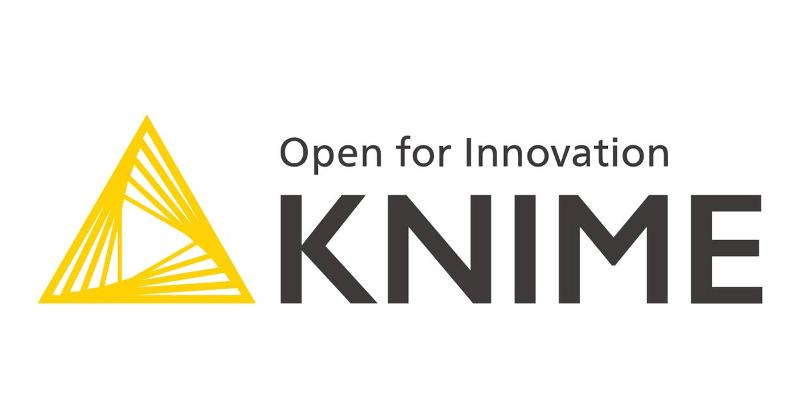The State of Data Science and Machine Learning: Key Findings and Challenges
In a recent collaboration between KNIME and Enterprise Strategy Group (ESG), new research findings shed light on the current state of data science and machine learning. This article explores the key findings and challenges faced by organizations in their AI and machine learning operations (MLOps) initiatives. From investment plans to the shortage of skilled talent, we delve into the priorities and solutions that are shaping the future of data science.
Investments in Data Science: Addressing the Talent Gap
Discover the staggering growth in investments in data science and machine learning initiatives, and the challenges posed by the lack of skilled talent.
Organizations are recognizing the value of data science and machine learning, with 92% experiencing a year-over-year increase in budget allocation for these initiatives. However, a significant obstacle stands in their way - the shortage of skilled talent. Nearly a third of organizations (27%) report that a lack of skilled professionals hinders the development and implementation of data science projects.
To overcome this challenge, organizations are adopting a shared responsibility model. They are empowering stakeholders from various domains and business units to build, deploy, and manage models. In fact, 87% of organizations believe that building data science skills across domains and business users is crucial for successful data science strategies. To support this model, 73% of organizations have centralized data science teams responsible for all data science-related projects.
Empowering Stakeholders: A Solution to the Data Scientist Shortage
Learn how organizations are addressing the shortage of data scientists by empowering stakeholders and promoting data science skills across domains.
While the shortage of data scientists remains a challenge, organizations are taking proactive steps to overcome this hurdle. They are enabling stakeholders from various backgrounds to contribute to data science initiatives, reducing the reliance on a limited pool of data scientists.
By empowering stakeholders, organizations can tap into the expertise of business users and domain experts, allowing them to build, deploy, and manage models. This shared responsibility model not only bridges the talent gap but also promotes collaboration and innovation across the organization. In fact, 87% of organizations believe that building data science skills across domains and business users is critical to their data science strategies.
The Rise of Open Source: Pervasive Data Science
Explore how organizations are prioritizing open source capabilities to drive innovation and make data science more pervasive.
Open source technologies have become a critical component of data science and machine learning initiatives. A staggering 88% of organizations cite open source as crucial for driving innovation in their data science projects. Additionally, over a quarter of organizations consider compatibility with open source technologies as one of the most important factors when making purchasing decisions.
This growing emphasis on open source capabilities indicates a trend towards a more open and collaborative approach to data science. By leveraging open source tools and frameworks, organizations can harness the collective knowledge and contributions of the data science community, enabling faster innovation and development of cutting-edge solutions.
Conclusion
The research findings highlight the growing investments in data science and machine learning initiatives, signaling the increasing importance of these technologies in organizations. However, the shortage of skilled talent poses a significant challenge to the successful implementation of data science projects. To address this, organizations are adopting a shared responsibility model, empowering stakeholders from various domains to contribute to data science initiatives.
Furthermore, the prioritization of open source capabilities reflects a shift towards a more collaborative and innovative approach to data science. Leveraging open source technologies enables organizations to tap into the collective knowledge and expertise of the data science community, driving faster innovation and development.
As organizations continue to invest in data science and machine learning, addressing the talent gap and embracing open source capabilities will be crucial for unlocking the full potential of these technologies.
FQA
How are organizations addressing the shortage of data scientists?
Organizations are empowering stakeholders from various backgrounds to contribute to data science initiatives, reducing the reliance on a limited pool of data scientists. This shared responsibility model promotes collaboration and innovation across the organization.
Why are open source capabilities important in data science?
Open source technologies have become critical for driving innovation in data science projects. They enable organizations to leverage the collective knowledge and contributions of the data science community, fostering faster innovation and development of cutting-edge solutions.
What are the key findings of the research?
The research findings indicate a significant increase in investments in data science and machine learning initiatives. However, a shortage of skilled talent poses a challenge to the successful implementation of these projects. Organizations are prioritizing open source capabilities to drive innovation and make data science more pervasive.

